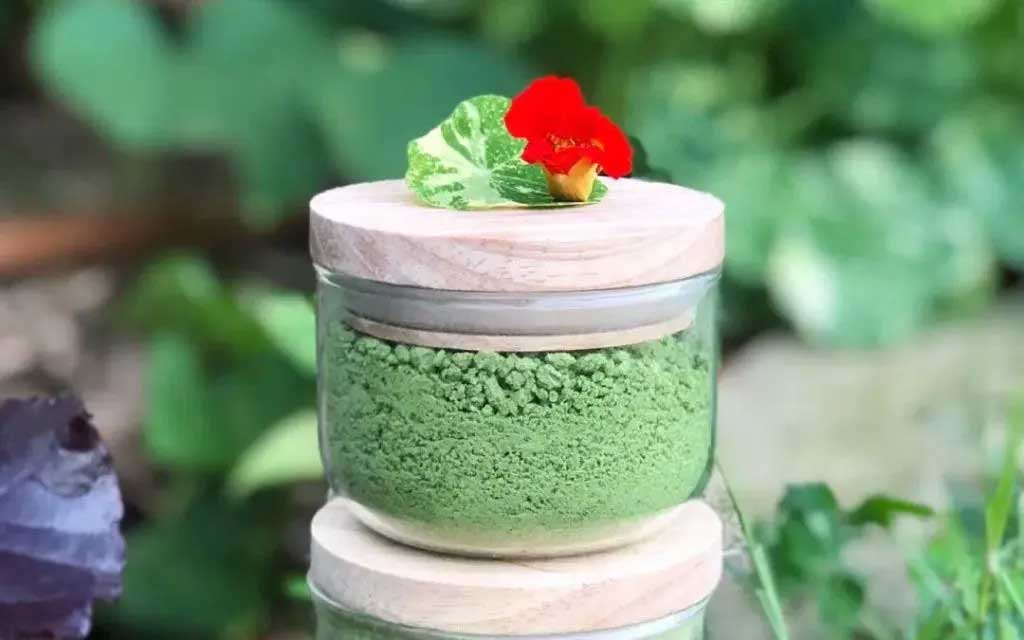Nasturtiums are a beautiful flowering plant that is easy to grow and wonderful to cook with. The whole plant is edible, from the flowers to the leaves and is packed full of flavour and beneficial vitamins and minerals.
The flowers have been used as a garnish for many years, but there are many other ways you can cook with nasturtiums. If you have an abundance of nasturtiums growing in your garden, discover 10 ways you can cook with nasturtiums using the flowers, leaves and seeds.
10 Ways to Cook with Nasturtiums
When it comes to culinary creativity and adding a touch of nature’s beauty to your dishes, few ingredients can match the versatility and vibrancy of nasturtiums. These edible flowers, with their vibrant colours and peppery flavour, are a delightful addition to any kitchen.
But did you know that there are countless imaginative ways to incorporate nasturtiums into your recipes? In this blog post, we’re about to embark on a mouthwatering journey through ten truly unbelievable ways to cook with nasturtiums. From salads that burst with colour to unexpected twists on classic dishes, you’ll discover that nasturtiums are far more than just a garnish—they’re a culinary treasure waiting to be explored.
Don’t have nasturtiums growing in your garden? Plant some seeds and reap the rewards of this fast and easy to grow edible plant. Shop nasturtium seeds here.
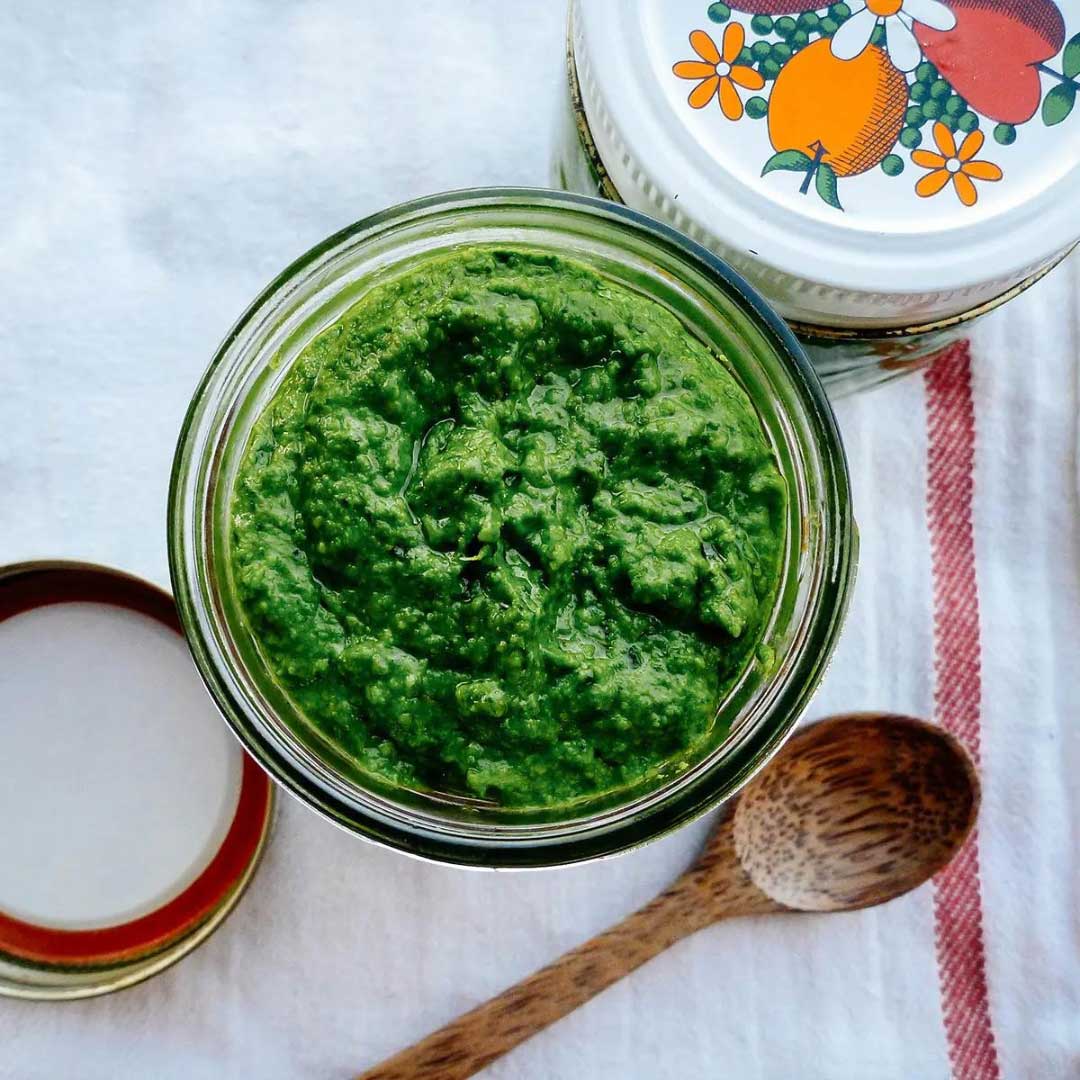
Nasturtium Pesto
Originating in Italy hundreds of years ago, pesto has become a much-loved dip, spread and pasta sauce enjoyed by many around the world.
The word pesto comes from the Italian word “pestare” which means “to crush or pound.” The most popular variety of pesto is made from basil leaves, parmesan, olive oil and pine nuts, but you can make pesto from a variety of ingredients, even nasturtium leaves?
Homemade nasturtium pesto is easy to make and is one of the best ways to enjoy a bounty of fresh nasturtium leaves picked straight from your garden.

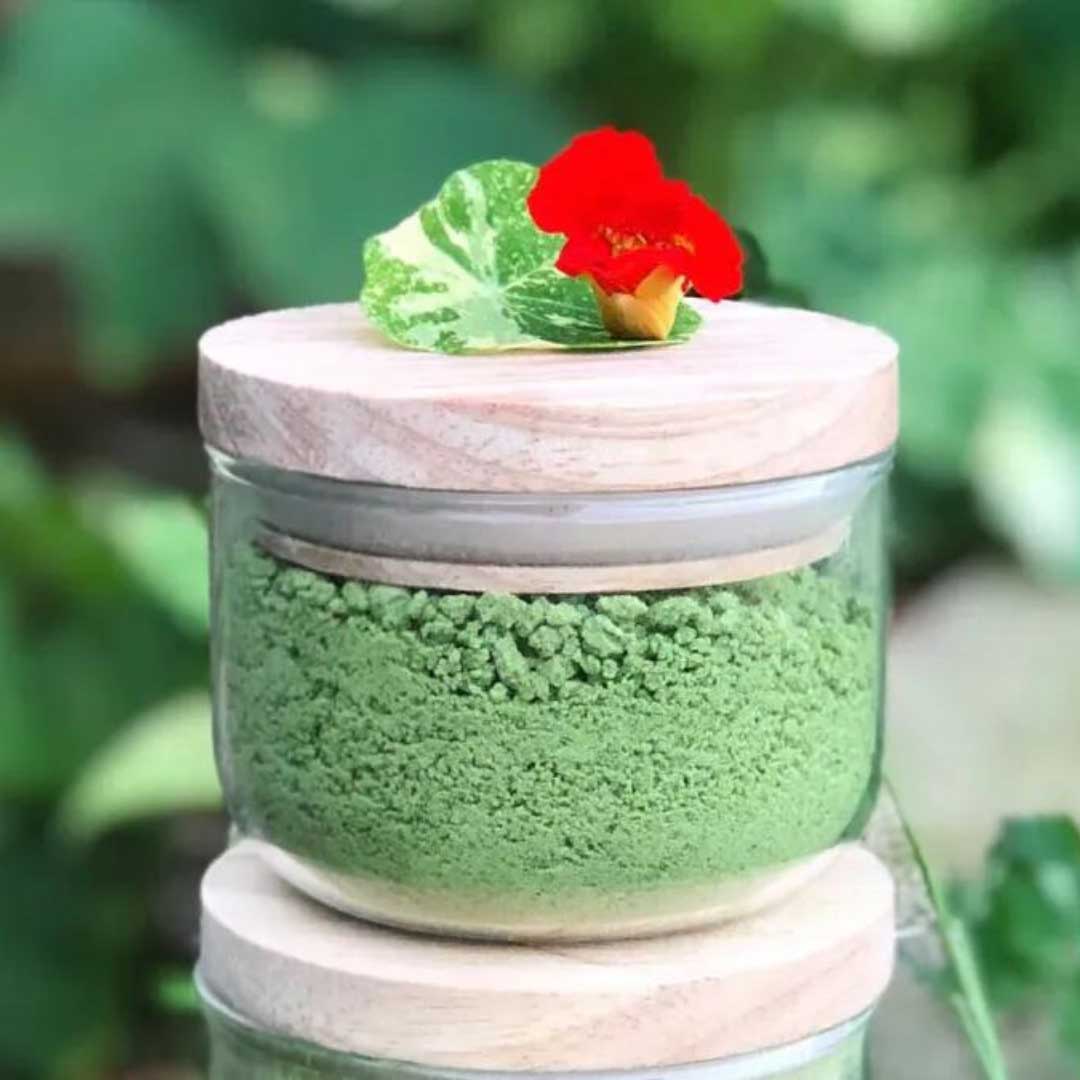
Nasturtium Salt
Salt is arguably one of the most popular seasonings used globally to add flavour and depth to dishes. Although there are many varieties of salt, most taste the same and produce the same results when used in cooking but did you know you can boost the flavour and nutrition content of salt with nasturtium leaves?
Nasturtium leaves are packed with beneficial vitamins, minerals and antioxidants including vitamin C, iron, and lutein. Nasturtium salt is easy to make and will give ordinary salt a boost of beneficial nutrients.

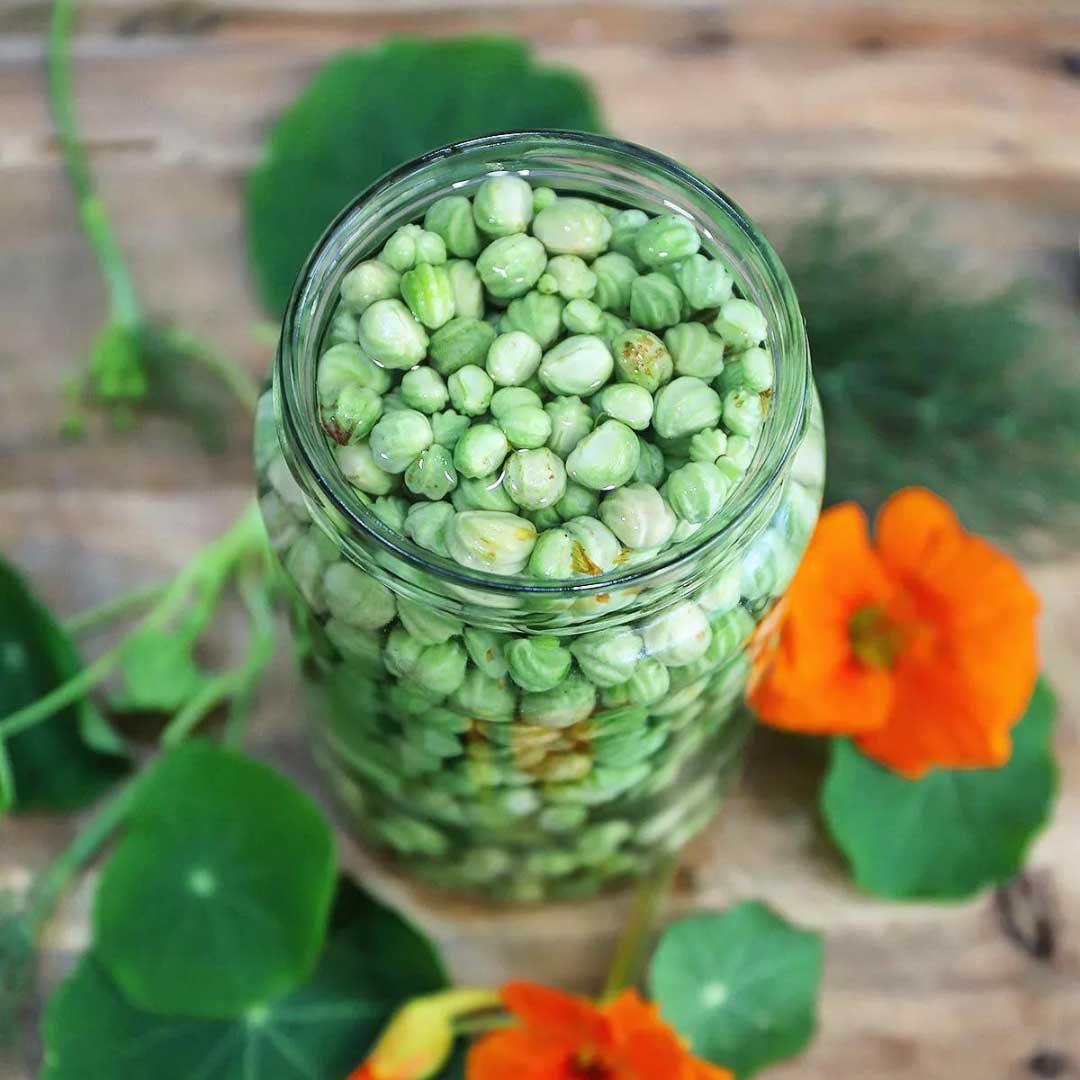
Nasturtium Capers
If you love pickled vegetables, then you will love nasturtium capers. Nasturtium capers are made from nasturtium seeds which have the strongest flavour of this edible plant. Often titled the “poor man’s capers” nasturtium seeds have a strong pepper flavour that pairs well with savoury dishes.
If you have an abundance of nasturtium seeds, pick the seeds before they bloom and try making nasturtium capers. This recipe is simple to make and only uses five affordable ingredients.

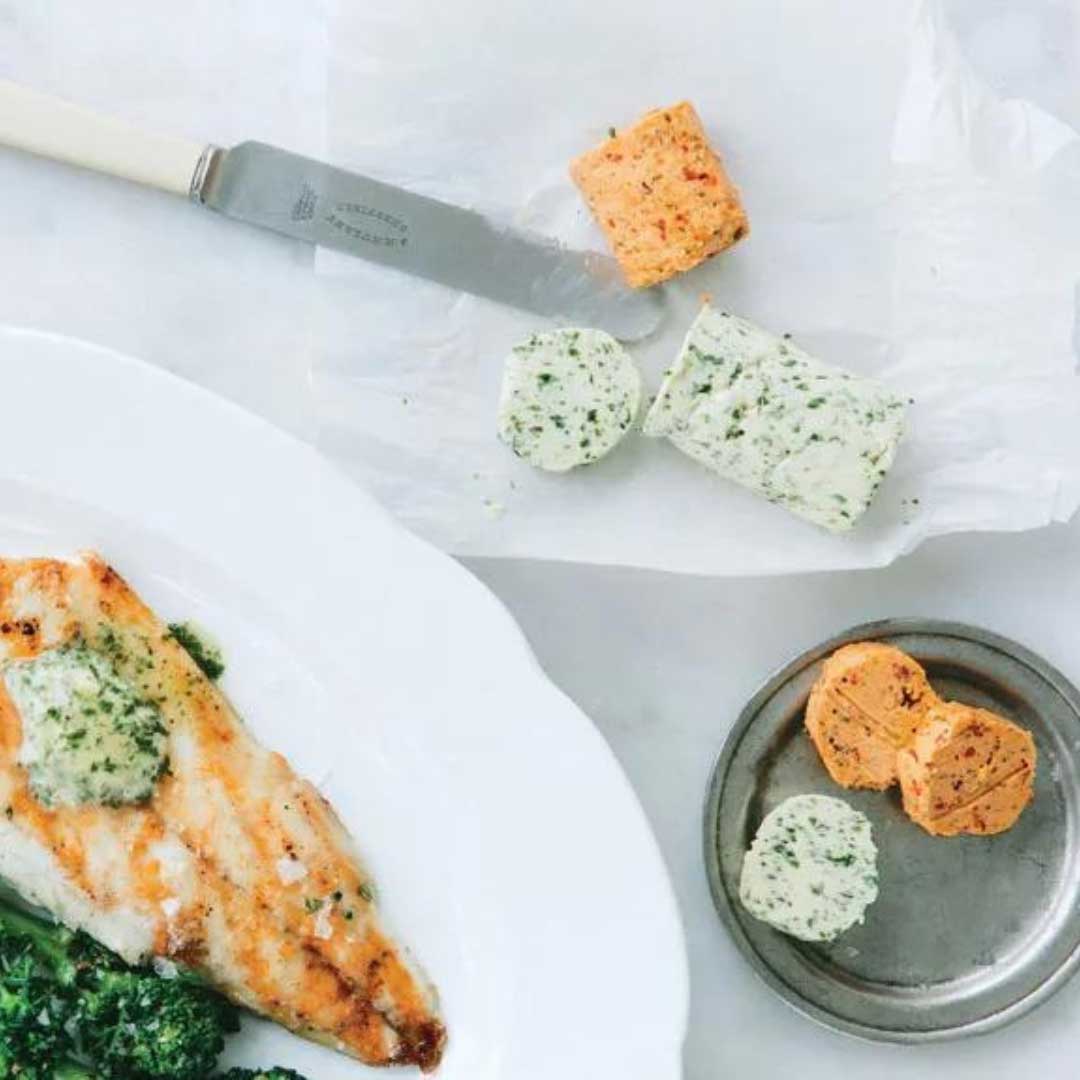
Nasturtium Butter
If you have an abundance of nasturtium flowers, try making nasturtium butter. It will turn bland butter into an exciting condiment. Nasturtium flowers carry a slightly peppery flavour with hints of sweet nectar and contain beneficial vitamins and minerals including vitamin B1, B2, B3 and C, manganese, iron, phosphorus and calcium.

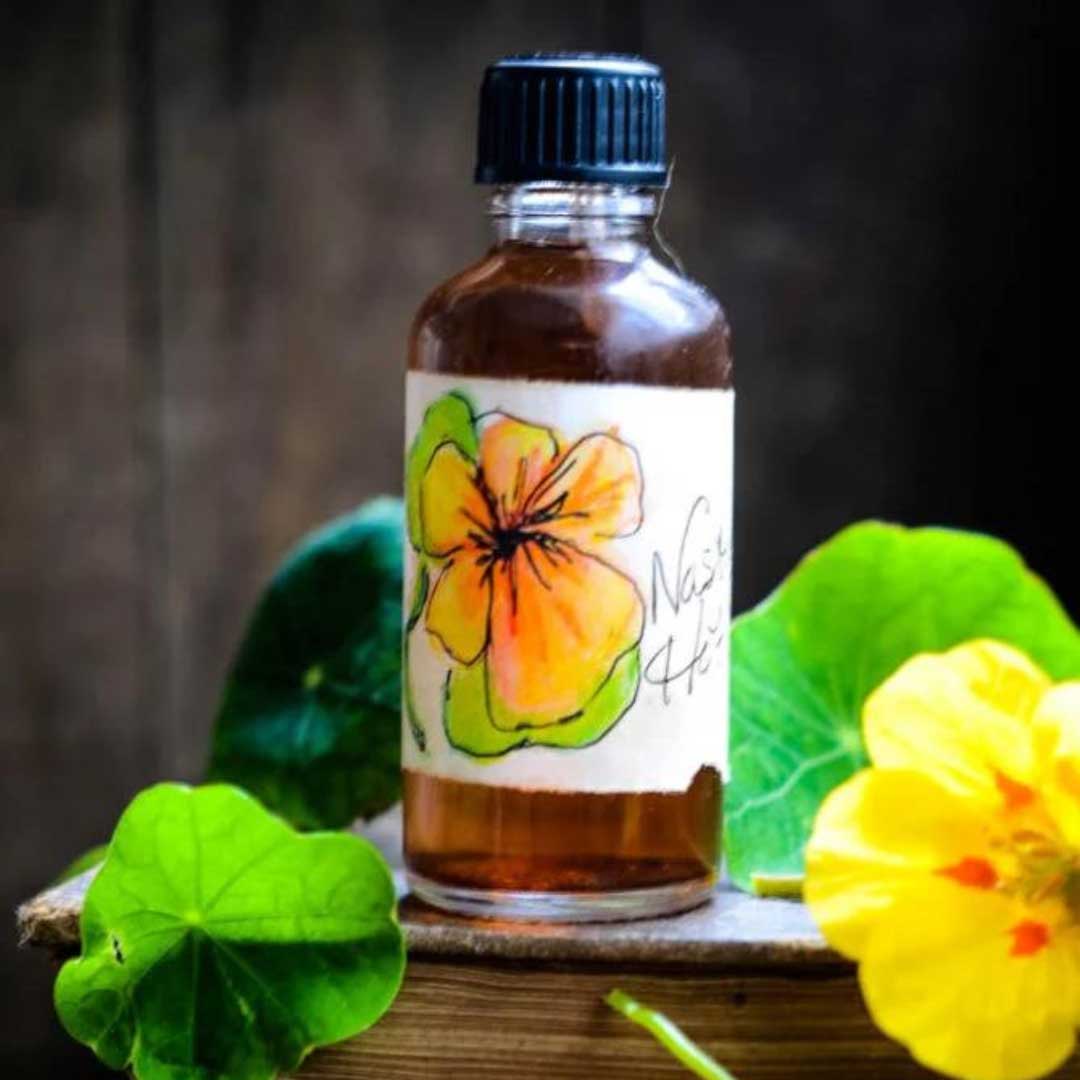
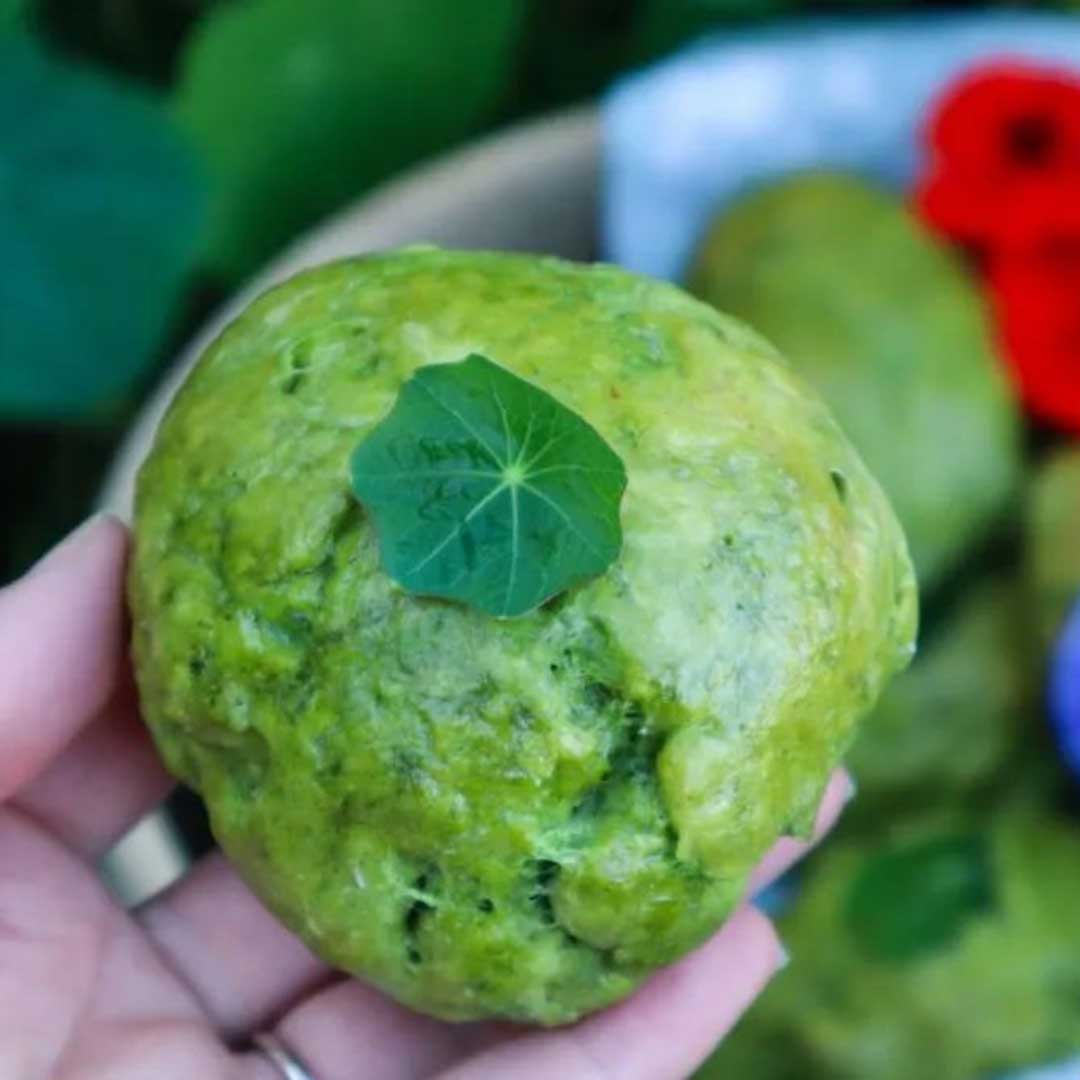
Nasturtium Bread Rolls
Make lunchtime fun, delicious and nutritious with nasturtium bread rolls. Adding nasturtium leaves to bread dough will produce vibrant green bread with a mild nasturtium flavour. This is a wonderful recipe to make with kids. They’ll love having handmade green bread rolls in their school lunch box.

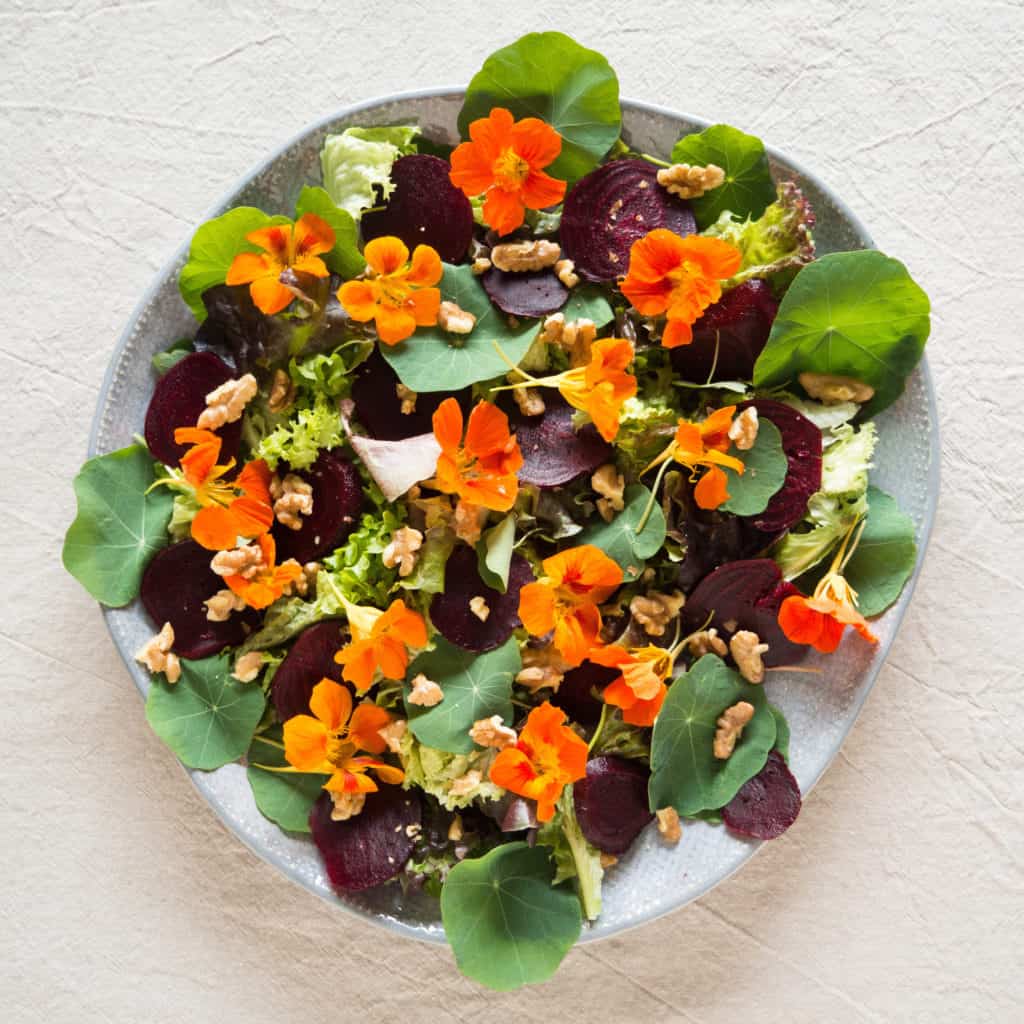
Nasturtium Salad
Nasturtium flowers have long been used to garnish salads with their vibrant orange, yellow and red hues. But rather than using the flowers as a garnish, why not try making them the star of the dish. This nasturtium, beetroot and walnut summer salad will wow dinner party guests with presentation and flavour.

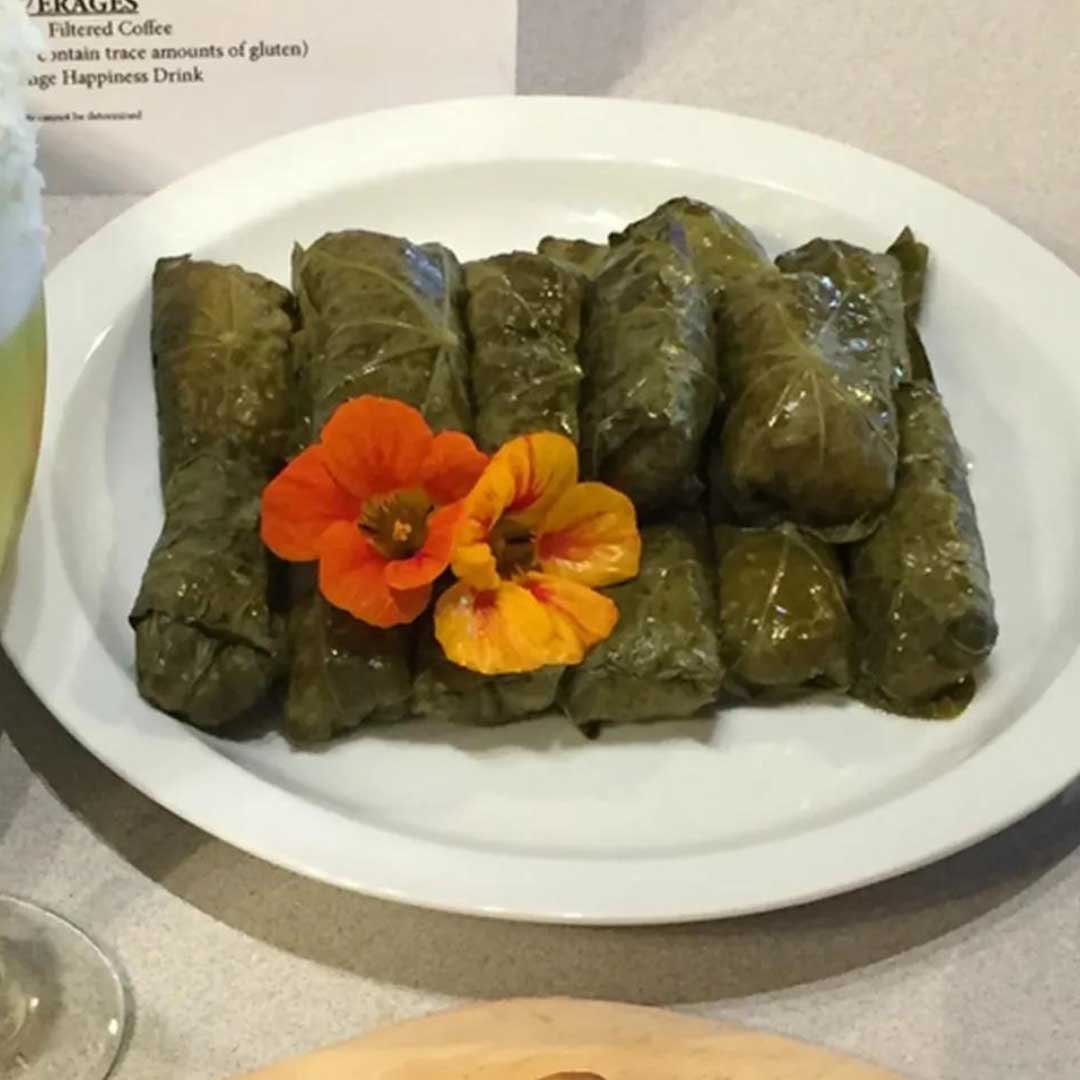
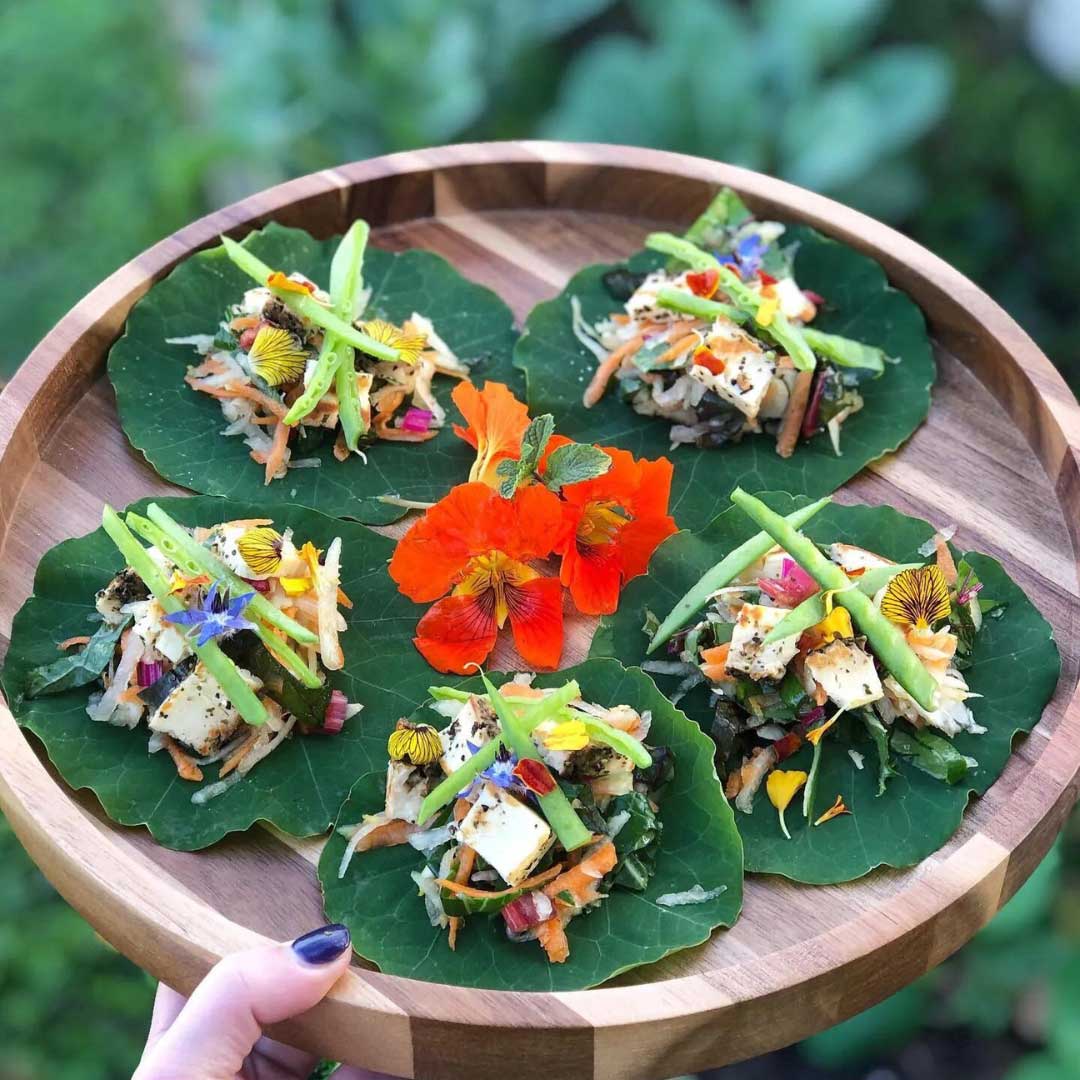
Nasturtium Mini Wraps
Are you gluten intolerant or just don’t like eating wheat? Try swapping wheat-based wraps for nasturtium leaves. This healthy and light alternative is not only delicious and packed full of flavour, but you can fill them with any filling you would normally use to make wraps.
As you’re using nasturtium leaves, the wraps will be smaller than wheat-based wraps, so just make a few more to suit your appetite. These also make great party appetisers or entrees.

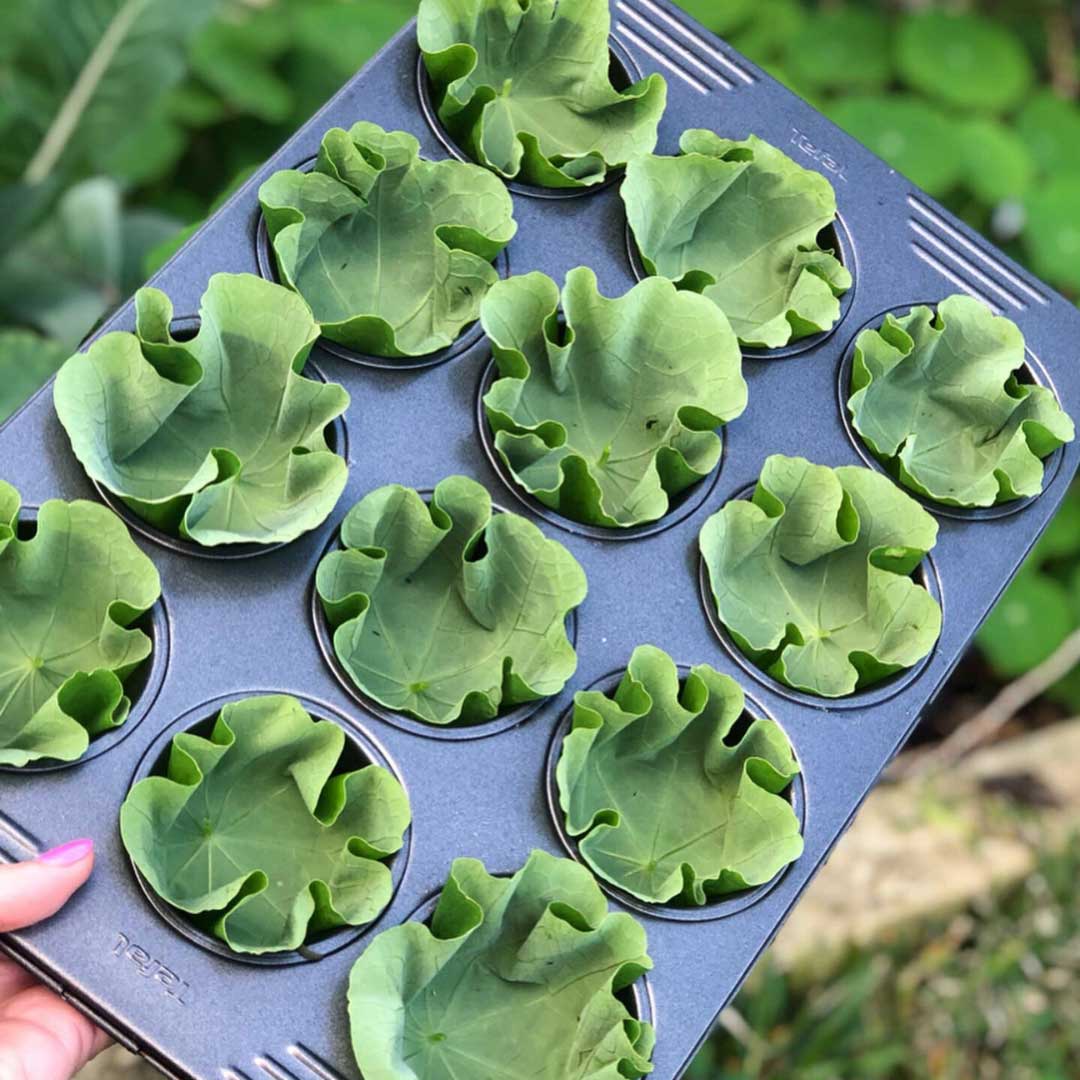
Nasturtium Mini Quiches
Mini quiches make great snacks for adults and kids of all ages. They’re a perfect on-the-go snack or lunch box treat. Most quiches require a base made of pastry, but if you don’t like pastry or you would prefer a healthier alternative, try using nasturtium leaves instead. You can also add the leaves to the filling for extra nasturtium flavour.

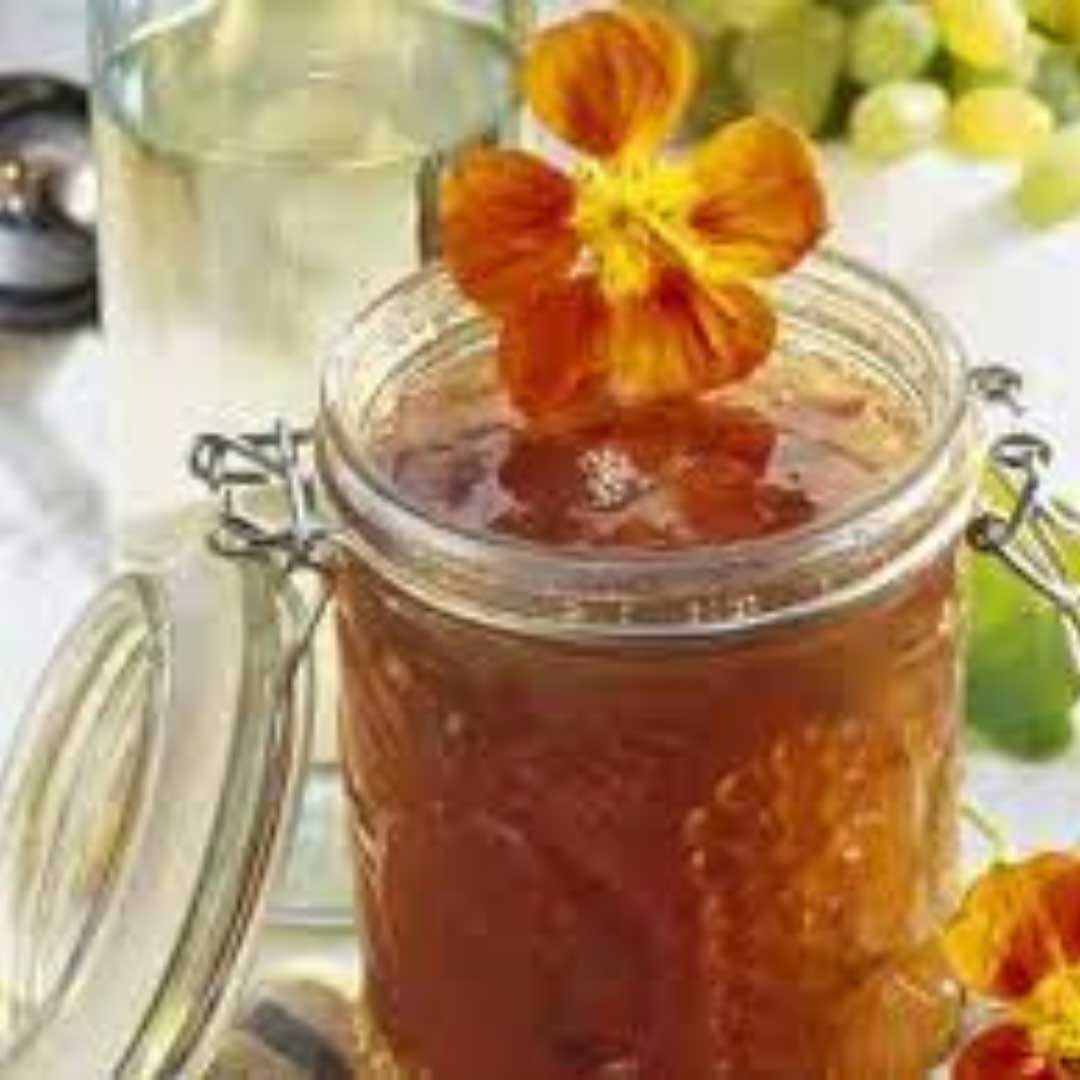
Nasturtium and Grape Jelly
Who doesn’t love jelly? It’s fun to eat and tastes delicious. If you love to get creative in the kitchen then try making nasturtium and grape jelly. You’ll only need four ingredients to make this jelly including the nasturtium flowers you can pick straight from your garden.

Why is it Good to Cook with Nasturtiums?
Unique Flavour: Nasturtiums have a distinctive, peppery, and slightly tangy flavour that can add depth and complexity to your dishes. This unique taste profile can enhance the overall flavour of a meal.
Edible Flowers: Both the leaves and the flowers of nasturtiums are edible, making them a versatile ingredient in the kitchen. The vibrant colours of the flowers can also add visual appeal to your dishes.
Nutritional Value: Nasturtiums are a source of essential vitamins and minerals, including vitamin C, vitamin A, and iron. Incorporating them into your cooking can contribute to your overall nutritional intake.
Easy to Grow: Nasturtiums are relatively easy to grow in gardens or containers. Having a fresh supply of nasturtiums on hand means you can readily incorporate them into your meals.
Natural Garnish: Nasturtium flowers and leaves make for a beautiful and natural garnish for salads, appetisers, and main dishes. Their vibrant colours can make your dishes visually appealing.
Versatility: Nasturtiums can be used in various culinary applications. You can toss the peppery leaves and flowers in salads, use them as a garnish for soups, stuff the flowers with cheese or other fillings, or even pickle them to create a unique condiment.
Complementary Pairings: Nasturtiums pair well with a wide range of ingredients. Their peppery kick can complement milder flavours like cream cheese, avocado, and cucumbers, providing balance to your dishes.
Creative Cooking: Cooking with nasturtiums encourages culinary creativity. Their unique flavour profile can inspire you to experiment with new recipes and combinations, adding an element of excitement to your cooking.
Medicinal Uses: Historically, nasturtiums have been used in traditional medicine for their potential antibacterial and antiviral properties. While their health benefits are not a primary reason for cooking with them, it’s interesting to note their historical use.
Sustainability: Growing nasturtiums can be environmentally friendly, as they are often recommended as companion plants in gardens. They can help deter pests and attract beneficial insects, reducing the need for chemical pesticides.



